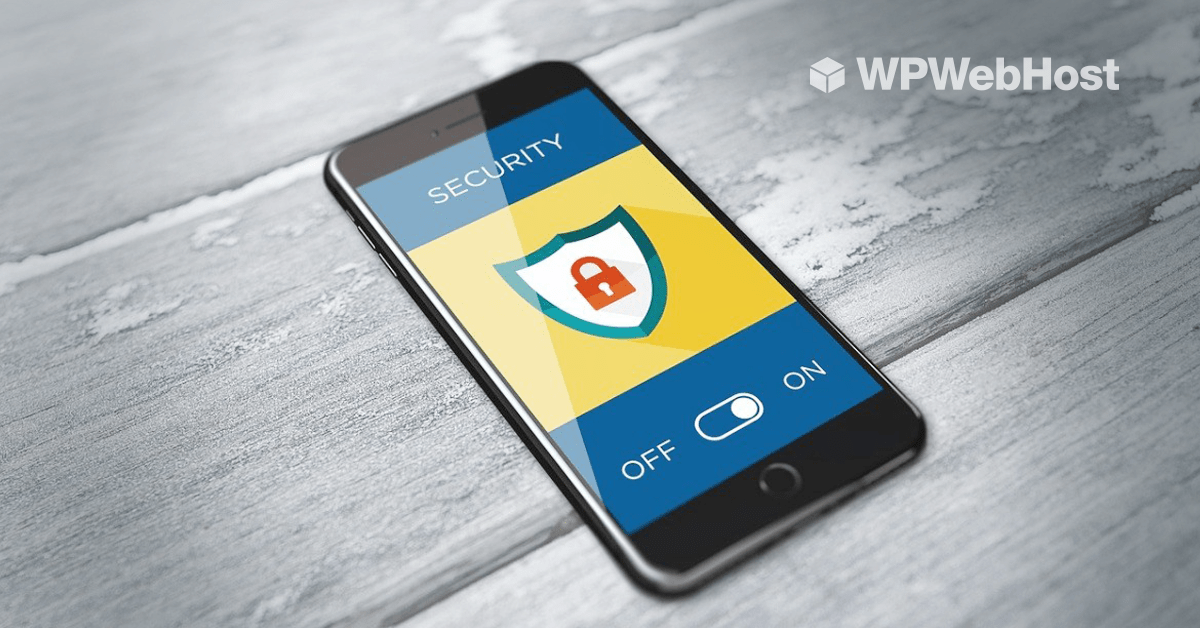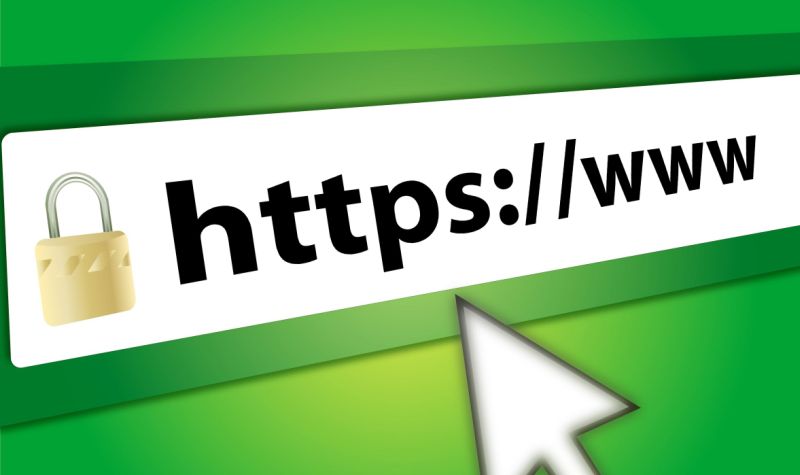
WordPress Security has always been a problem for its users. It has been seen as the number one target for hackers due to its popularity. Not to mention, most of the online website (31% to be exact) use WordPress as their content management system.
As a website owner, your job is to secure your WordPress site and protect your visitors from malicious actors.
Generally, a hacked website can lead to hundreds of revenue loss. It can also hamper your business reputation. To ensure that it doesn’t happen to you, you need to follow these tried and true tips to secure WordPress site. So, without any delay, let’s get started.
1. Always keep your website updated

One of the biggest reasons WordPress websites get hacked is because they are not updated regularly. No solution is perfect, and this means that they might contain bugs or exploits which malicious actors can take advantage of. This is also true for WordPress.
To solve the problem, all you need to do is update your WordPress regularly. It can be done by going to Dashboard > Updates. When you are there, click on “Available Updates,” and you are good to go.
2. Use Trusted Themes and Plugins
If you are planning to start a blog or a website with WordPress, you will most probably go with new themes and some plugins. However, before you decide to choose the theme or the plugins for your website, make sure that you are downloading it from a trusted source. You also need to make sure that the themes and plugins are genuine and have good feedback associated with it.
If you are completely new to it, we recommend getting free themes and plugins from WordPress.org.
To identify a good theme or a plugin, you need to check out for reviews and stars that it got. A good plugin will have positive reviews. If you are feeling curious, you can also search for the author of the plugin/theme.
In short, only install from trusted sources. Check reviews, and always try out the best plugin or theme in sandbox mode before installing it on the live website.
3. Strong Passwords

There is no alternative to secure passwords. It doesn’t matter what security measures you have done through your website, if your password is weak, the hacker can hack into the backend and do whatever he wants.
For example, weak passwords consist of 123456, myname1234 and so on. Hackers deploy bots that try out thousands of password combinations and get into a WordPress installation.
You can bypass it by providing a secure password. You can use a password generator to generate a strong password. Another workaround is to use two-step authentication. There are plenty of two-step authentication plugins out there that you can try.
A secure password should contain upper and lowercase letters. It should also include numbers, punctuations, and other random strings.
You can also opt to put a long phrase as a password. This way you will remember it, and it will also act as a strong password. For example, “Iloveburgers,from1967”
Last, but not the least, you should also enforce strong password for subscribers and others users on your website.
4. Delete unnecessary plugins and themes.
It is common for owners to have unnecessary plugins and themes installed in their backend. It is obvious you tried few plugins or themes but didn’t find a use for them. However, they pose a security threat if left unchecked in the backend. That’s why go ahead and delete the unnecessary plugins and themes (not just deactivate them).
5. Change the Login URL
The default login URL for WordPress is well-known to everyone. By default, you can log in into the backend of WordPress by using the following URLs.
www.yourwebsite.com/wp-login.php
www.yourwebsite.com/wp-admin
Hackers know this, and that’s why they use it to their advantage to break into the system. The try to log in using guest username and password using their GWDb(Guess Work Database).
To solve the problem, you need to change the login URL. It can easily be done by using security plugins such as iTheme security plugin. Also, make sure that you don’t use your default login id, “admin” and ensure that you have a strong password.
6. Use SSL certificate

To make your website more secure, you must use the SSL certificate. SSL stands for Secure Socket Layer. It encrypts all the data between the browser and the server. This makes it hard for hackers to intercept the data including username/password combinations. Also, they cannot spoof the data, and this will help protect the user’s data and experience.
Generally, all the hosting provides a paid SSL certificate just like they let you select website builder, firewall, and other services.
If you don’t want to install a paid version, you can also use Let’s Encrypt. It is a free SSL service that can be used by anyone. Many hosting websites also offers direct FREE Let’s Encrypt SSL included.
7. Use a security plugin

Apart from all the above tips, you need to install a WordPress security plugin. By installing a security plugin, you can easily secure your website against common threats. Moreover, you can also do period scanning using these plugins.
We recommend using the Wordfence security plugin. It is a free-to-use plugin that offers excellent features and protects your website both from internal and external threats. You can also use other security plugins such as iThemes security, Sucuri Security, and others.
Wrapping up
This leads us to the end of tips that will help you secure your WordPress site. Before we end, we want to focus on the fact that WordPress site security is an ongoing process and as a business owner, you need to do regular security audits to ensure that your website stays healthy and free from any infections.
We hope you know how to secure your website. If you are still confused, don’t forget to comment below and let us know. We are listening.




